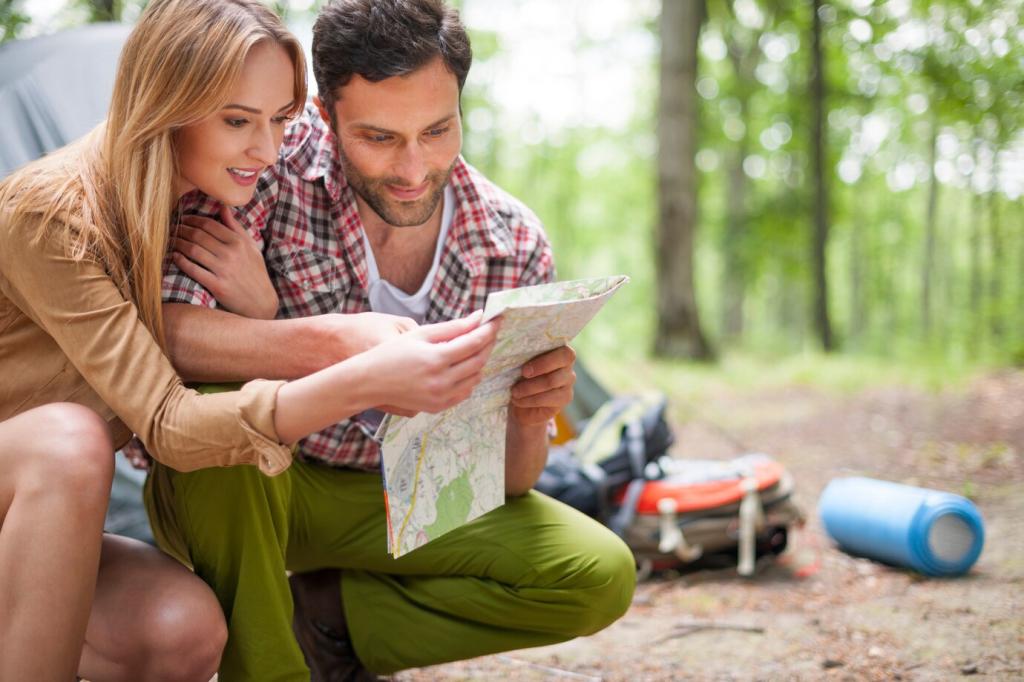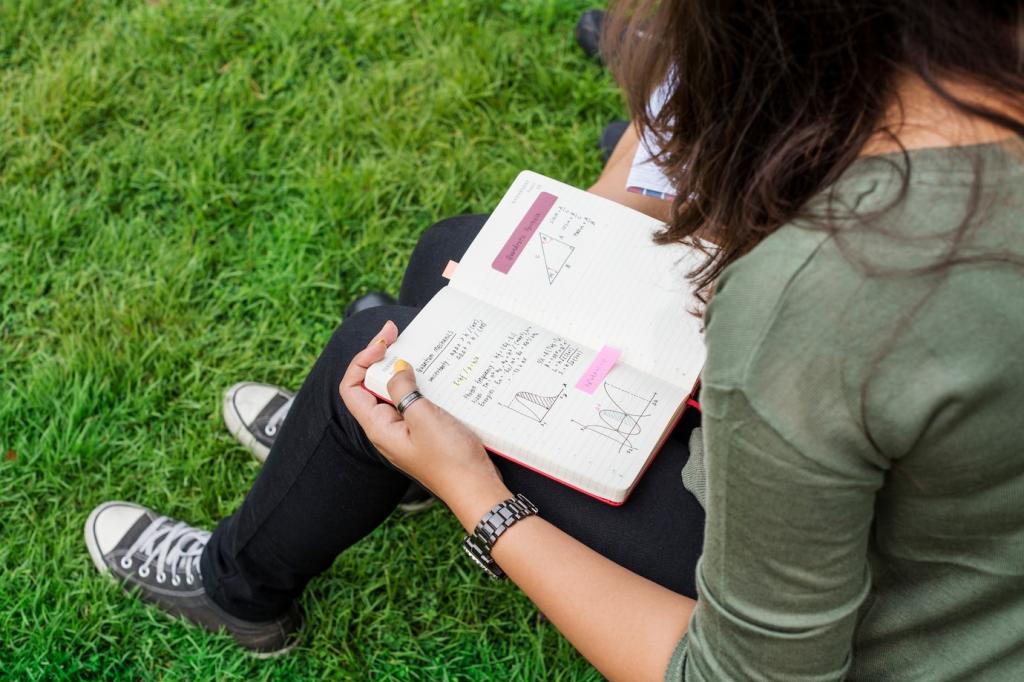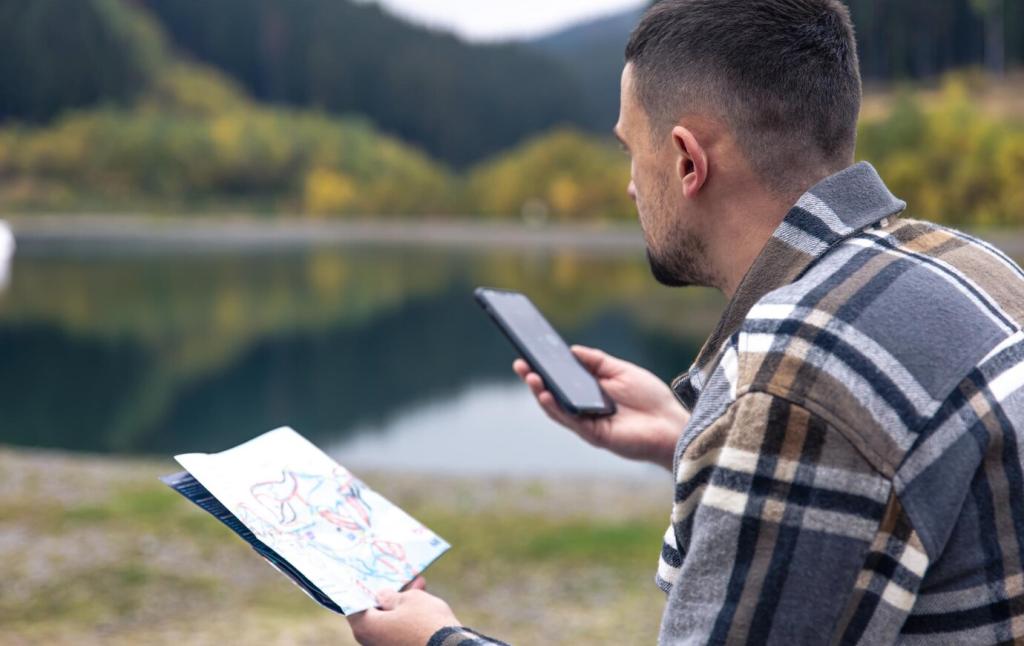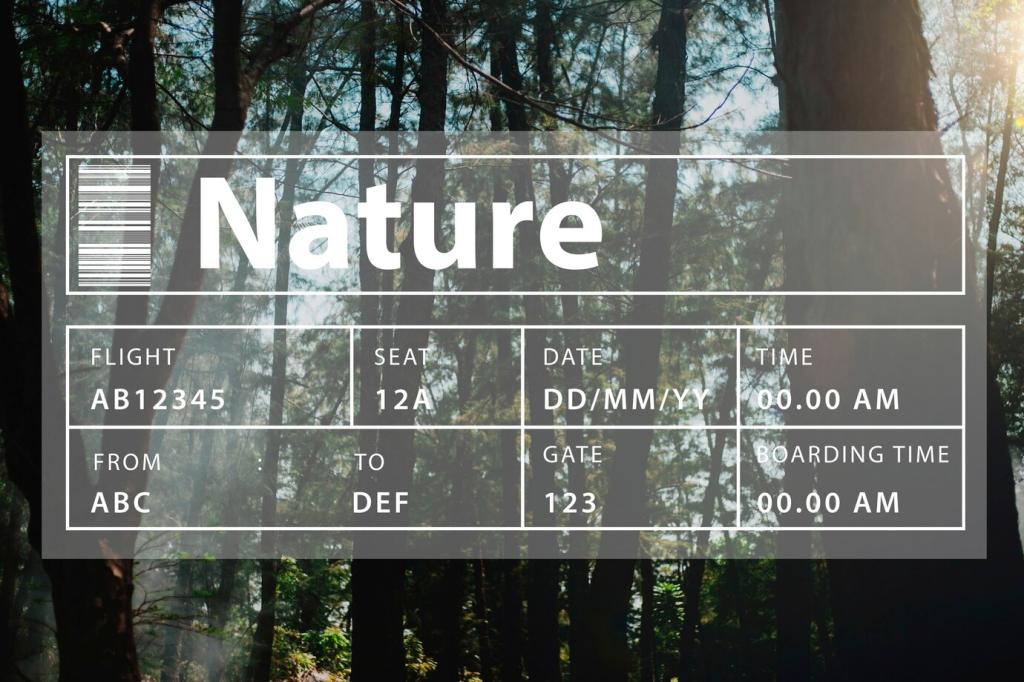Build a First Aid Kit You’ll Actually Carry
Pack adhesive bandages, gauze, tape, blister treatments, antiseptic, nitrile gloves, a CPR barrier, pain relief, antihistamines, and a triangular bandage. On a windy ridge, that simple triangle once became my sling and wind mask, saving a cold, shaky descent.
Build a First Aid Kit You’ll Actually Carry
Repackage pills, decant liquids, and use mini tubes. Swap steel shears for a tiny folding blade, and let a bandana double as a tourniquet padding or sling. Weigh your kit after each trip and trim wisely, not recklessly. What’s your sweet spot in grams?
Build a First Aid Kit You’ll Actually Carry
Carry your EpiPen, inhaler, or other prescriptions in a bright pouch. Include a laminated med card with allergies and emergency contacts. Tell your partners where these live. On a dusty canyon trail, a friend’s quick access to my inhaler turned panic into steady breathing within minutes.







